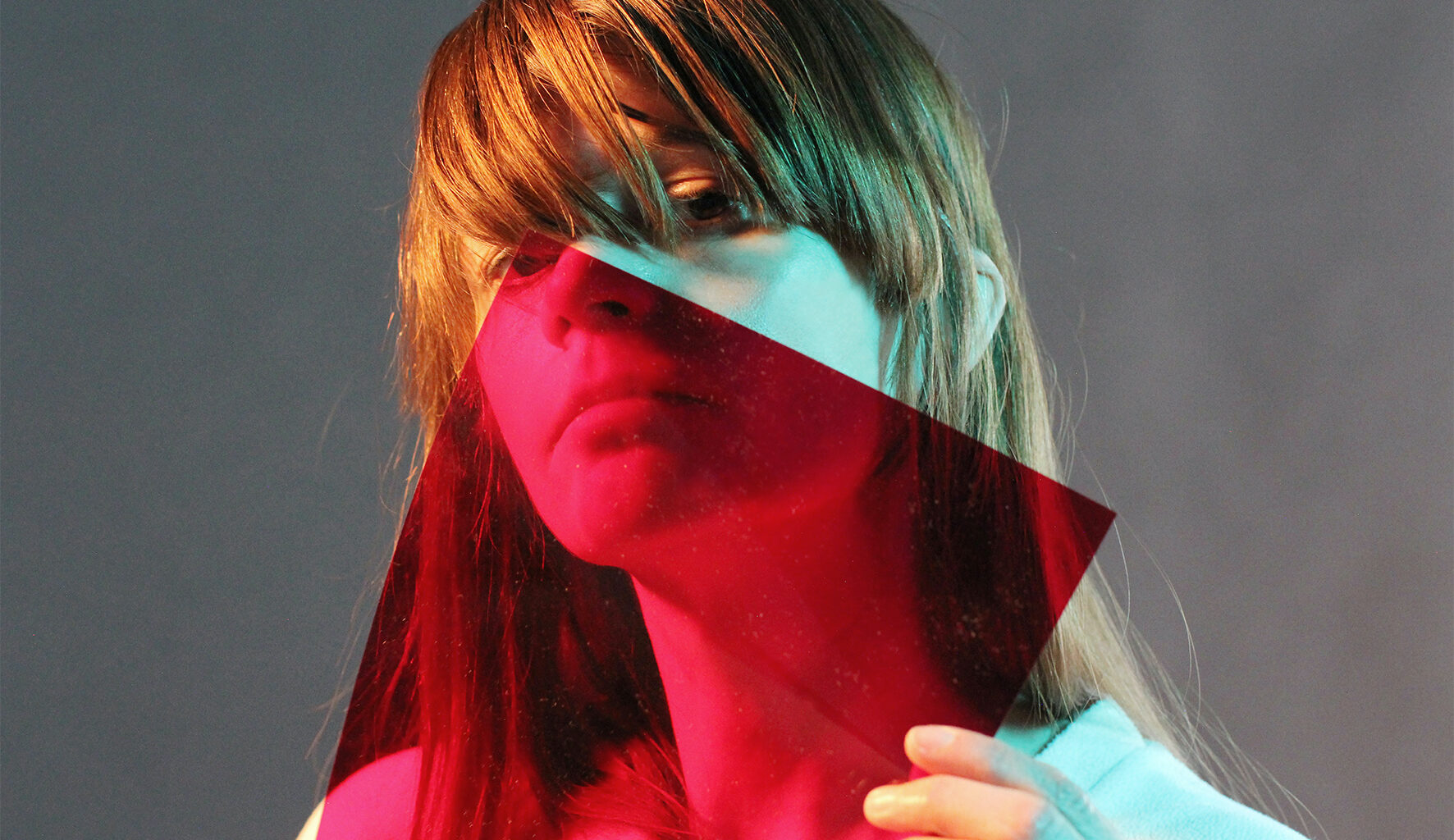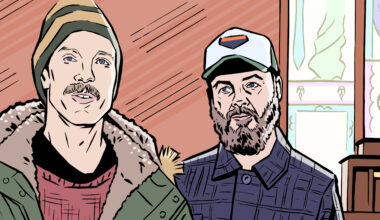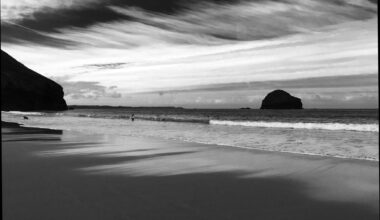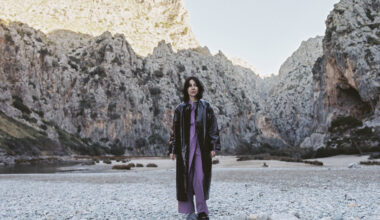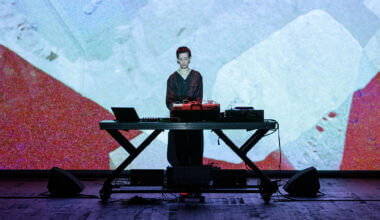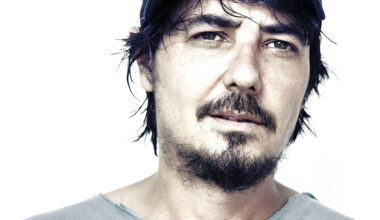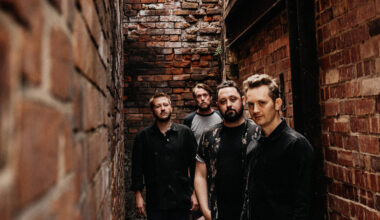With an impressive track record as a serial collaborator, Nik Colk Void is finally striking out on her own. Exploring some weighty ideas, her debut solo album ‘Bucked Up Space’ will have you flexing the grey stuff
Want to read more?
Sign up to Electronic Sound Premium to gain access to every post, video, special offers, and more. 100%, all you can eat, no commitment, cancel any time.
Already a premium member? Log in here
